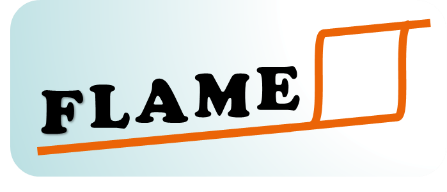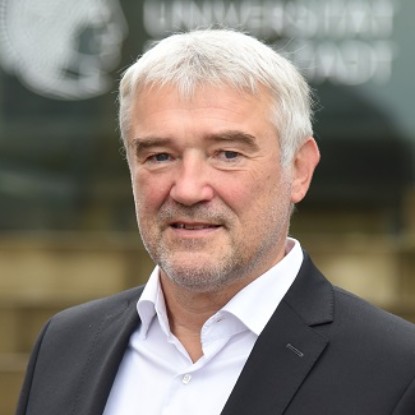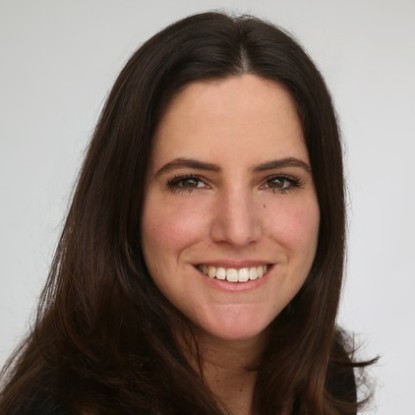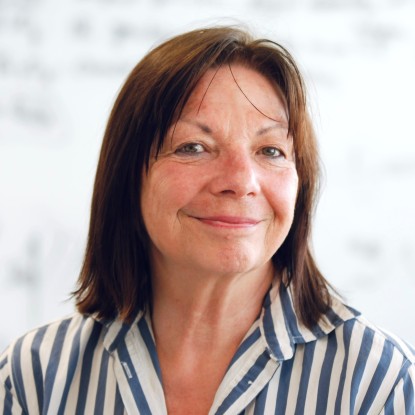FLAME Colloquium: Comprehensive Modelling of Materials for Solar Applications from First Principles
Julia Wiktor, Chalmers University of Technology, Gothenburg, Sweden
02.07.2020
Date: December 5, 2019 Start: 4:15pm Venue: TU Darmstadt, Alarich-Weiss-Straße 2, L2|01, Room 77
Description:
The search for novel photoabsorbing materials to be used in cheap and efficient solar devices is ongoing. In the field of solar cells, metal-halide perovskites have attracted remarkable attention, and their efficiencies are already rivalling those of silicon-based cells. In the context of photoelectrochemical water-splitting cells, complex metal oxides, such as BiVO4, are considered as promising photoanodes. To identify new compounds for solar applications, modelling approaches yielding accurate predictions of electronic and optical properties are required.
I will first present a scheme allowing one to calculate band gaps and absorption spectra of complex materials such as halide perovskites and ternary metal oxides. I will show that in order to obtain reliable predictions of these properties, it is necessary to use high-accuracy methods, like the quasiparticle self-consistent QSGW technique. Meaningful results can only be obtained by including multiple effects such as spin-orbit coupling, electron-hole interaction, magnetic ordering, nuclear quantum motions, and thermal vibrations. I will also discuss how the creation of polarons and presence of surfaces and interfaces can affect the performance of solar devices.




